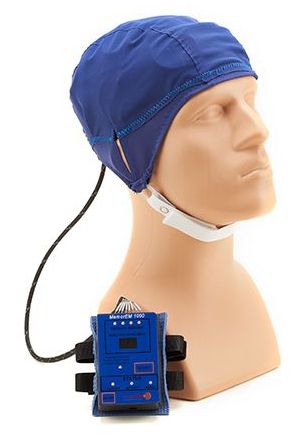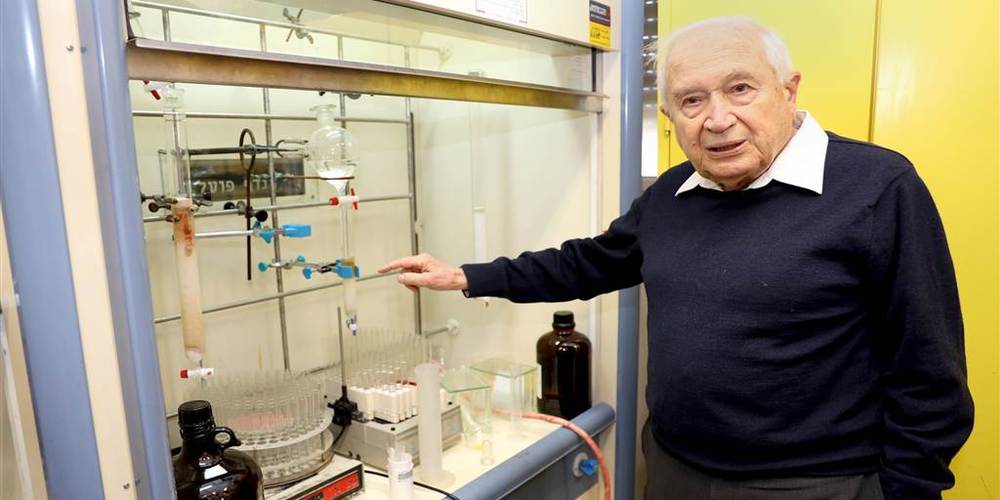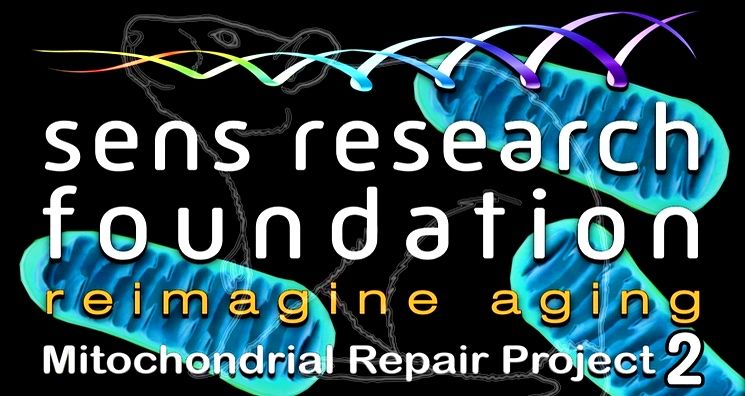Legendary inventor Dean Kamen is working on a venture to manufacture human organs with the backing of the Pentagon, Rockwell and others.



At our 2019 Ending Age-related Diseases conference in New York City, we had the pleasure of speaking with Dr. Michael West, the CEO of AgeX Therapeutics.
Dr. West can rightfully be called a pioneer in his field with a substantial background in biomedical and biotechnology corporations. After completing his PhD at Baylor College of Medicine, he founded Geron Corporation in 1990, where he launched and directed programs in telomere biology as it relates to cancer, aging, and human embryonic stem cell technology. He subsequently established the research group that went on to isolate human embryonic stem cells for the first time.
After his time at Geron, Dr. West was chairman and CEO of Advanced Cell Technology, which was acquired by the Japanese company Astellas Pharma in 2016 for $379 Million. Following his success with Advanced Cell Technology and Geron, Dr. West served as the CEO/co-CEO of BioTime Inc. for ten years.

A small clinical trial, announced by U.S. company NeuroEM Therapeutics, shows reversal of cognitive impairment in Alzheimer’s disease patients after just two months of treatment using a wearable head device. Electromagnetic waves emitted by the device appear to penetrate the brain to break up amyloid-beta and tau deposits.

It’s the promise of stem cell medicine: Someday soon, clinics will rebuild diseased or broken hearts, kidneys, pancreases or blood by growing and reprogramming human cells, then adding them back to the bodies of the patients they came from.
If only it were that easy.
After two decades of human stem cell research, researchers have learned how to create what appear to be reasonably functional versions of several types of cells, first using genetic tricks to turn cells back to an uncommitted state and then molding them into the type of cell needed — say, an insulin-producing cell or a particular kind of nerve cell. And many early clinical trials of stem cell medicine have shown genuinely promising results.

Every year, 2.6 million people die in middle and low-income countries because of incorrect medical care, according to a recent report published by the World Health Organization (WHO). The health agency is hoping to shed light on the issue by launching a campaign in solidarity with patients on the first-ever World Patient Safety Day on September 17.
“No one should be harmed while receiving health care. And yet globally, at least 5 patients die every minute because of unsafe care,” said Dr. Tedros Adhanom Ghebreyesus, WHO Director-General.

Some of the most important tools in the toolbox of modern cell biologists are special chunks of DNA that act like spies, reporting on the cell’s function. The markers, known as reporter genes, allow researchers to get a sense for what cells are doing by watching genetic programs embedded in their DNA turn on and off.
Reporter genes work by encoding proteins that can be seen from outside the cell. One particularly popular reporter gene encodes something called the green fluorescent protein (GFP), which, true to its name, is a protein that glows bright green. So, if a researcher wants to learn more about how cells become neurons, they can insert the GFP gene alongside a neuronal gene into an embryo’s DNA. When the embryo’s cells turn on the neuron gene, they will also express the GFP gene, and the cells will glow green, making it easy for the researcher to see that the genetic program that encodes neuron formation is active.
As useful as this technique has been, it has a big limitation: Because light does not penetrate well through most living tissue, the GFP gene cannot be used for monitoring the activity of cells deep inside an organism. But now, Caltech’s Mikhail Shapiro has a solution. A team consisting of Shapiro, professor of chemical engineering and investigator with the Heritage Medical Research Institute, graduate student Arash Farhadi, and their colleagues, has developed a reporter gene that allows them to see genetic activity using ultrasound, which can penetrate deeply through tissue, instead of light.

Raphael Mechoulam, an Israeli organic chemist and professor of medicinal chemistry at the Hebrew University of Jerusalem, remembers the letdown after his groundbreaking discoveries surrounding the structure of the cannabis compounds CBD and THC in 1963 and 1964, followed by clinical tests with CBD published in 1980.
“Not much happened,” Mechoulam said, noting that it would take more than 30 years before his clinical work on using CBD, or cannabidiol, to treat epilepsy became widely accepted. Greenwich Biosciences, which is owned by GW Pharmaceuticals, was able to develop the first cannabis-derived drug that built on Mechoulam’s research. The drug, Epidiolex, treats seizures associated with two rare forms of epilepsy and was approved by the FDA only last year.
But even as his work laid the foundation for the modern cannabis industry and for understanding how cannabis interacts with the human body, a white whale eluded research: cannabis acids, which are compounds that are produced in the plant when it is alive and may be more potent than their better-known derivatives, such as CBD and THC.

Aging is the biggest risk factor for cancer, but the mechanisms linking these two processes remain unclear. Using GTEx and TCGA data, we compared genes differentially expressed with age and genes differentially expressed in cancer among nine human tissues. In most tissues, aging and cancer gene expression pattern changed in the opposite direction. The exception was thyroid and uterus, where we found transcriptomic changes in the same direction in aging and in their corresponding cancers. The overlapping sets between genes differentially expressed with age and genes differentially expressed in cancer across tissues were enriched for several processes, mainly cell cycle and the immune system. Moreover, cellular senescence signatures, derived from a meta‐analysis, changed in the same direction as aging in human tissues and in the opposite direction of cancer signatures. Therefore, transcriptomic changes in aging and in cellular senescence might relate to a decrease in cell proliferation, while cancer transcriptomic changes shift toward enhanced cell division. Our results highlight the complex relationship between aging and cancer and suggest that, while in general aging processes might be opposite to cancer, the transcriptomic links between human aging and cancer are tissue‐specific.
